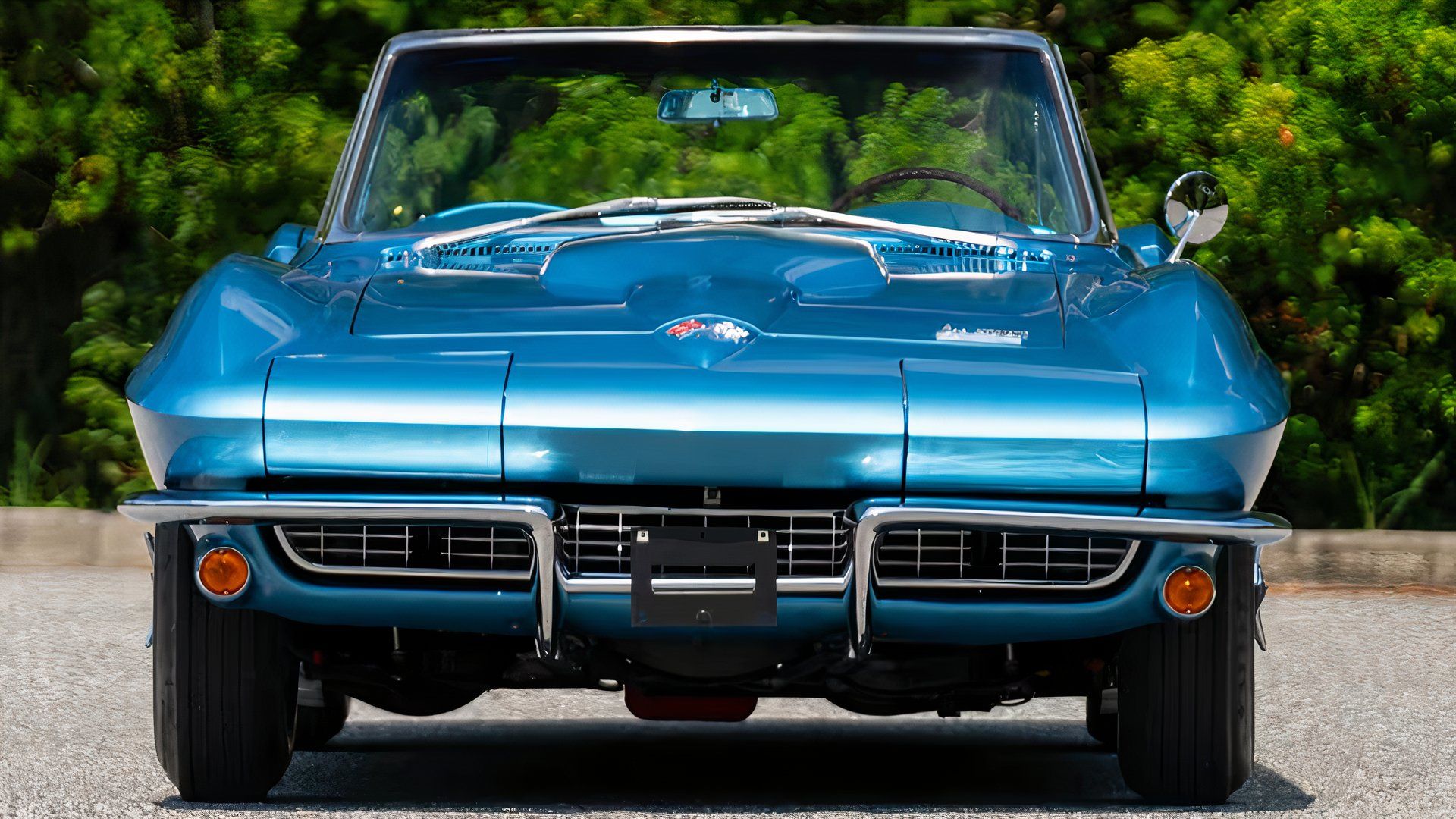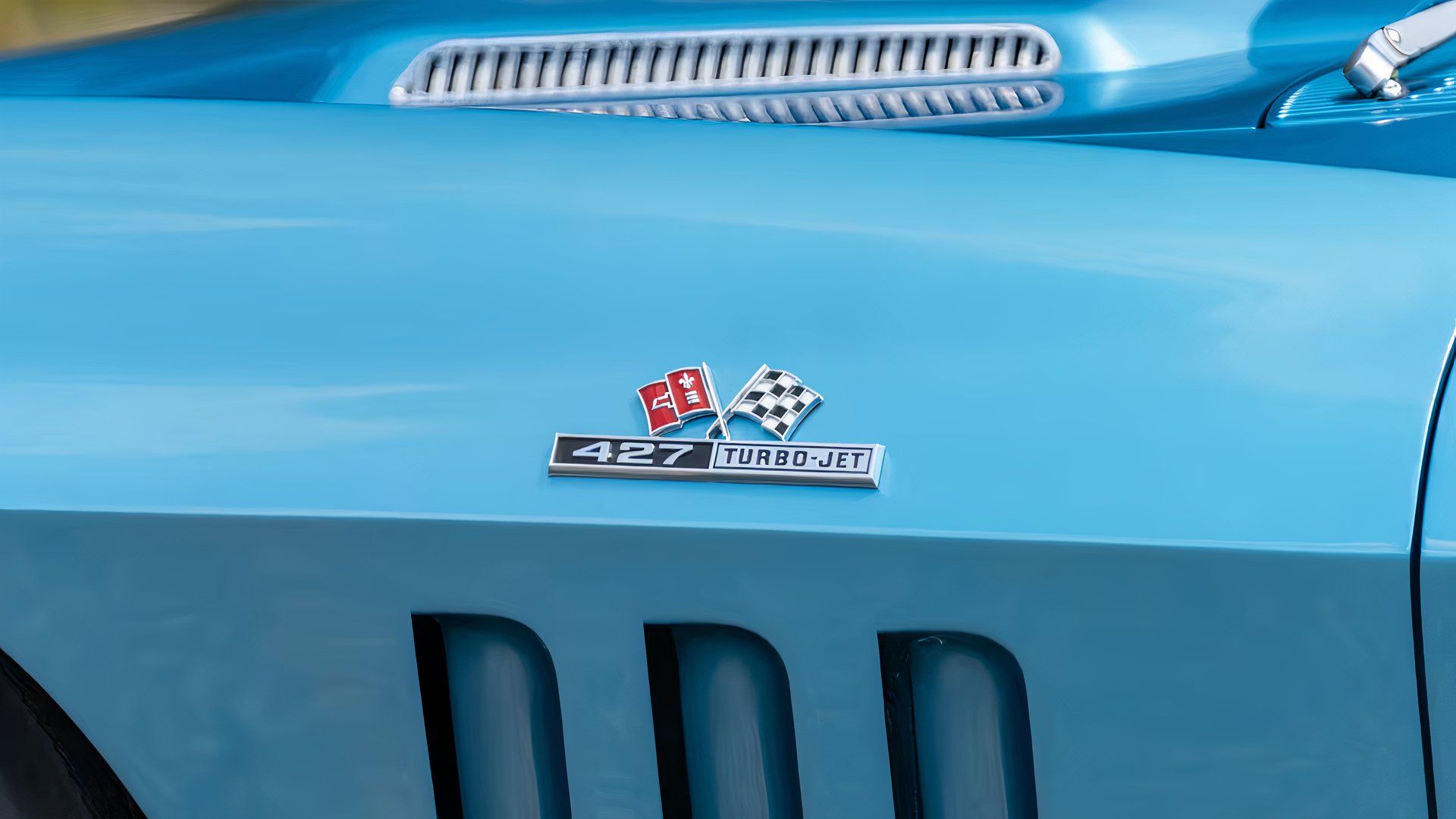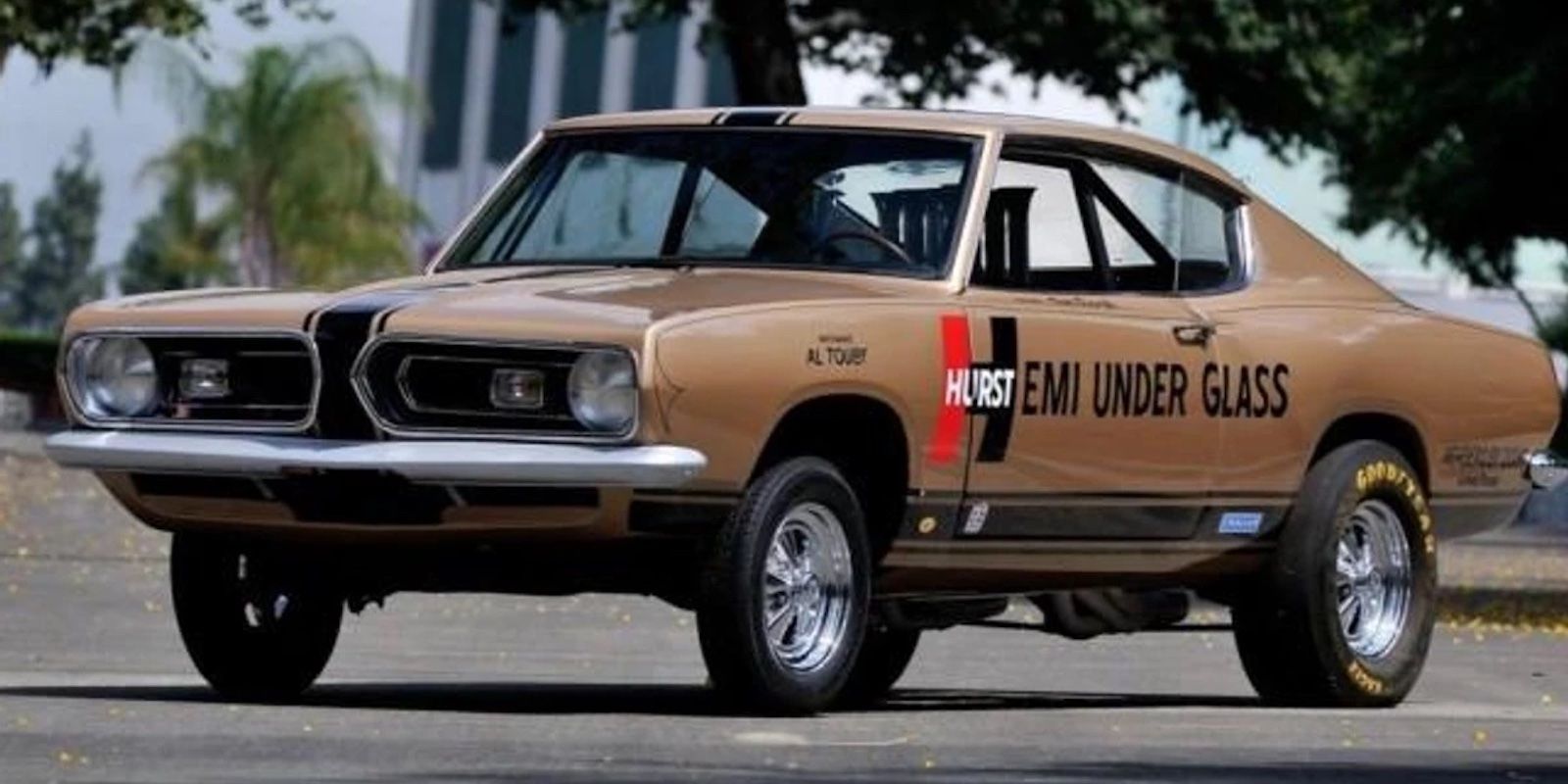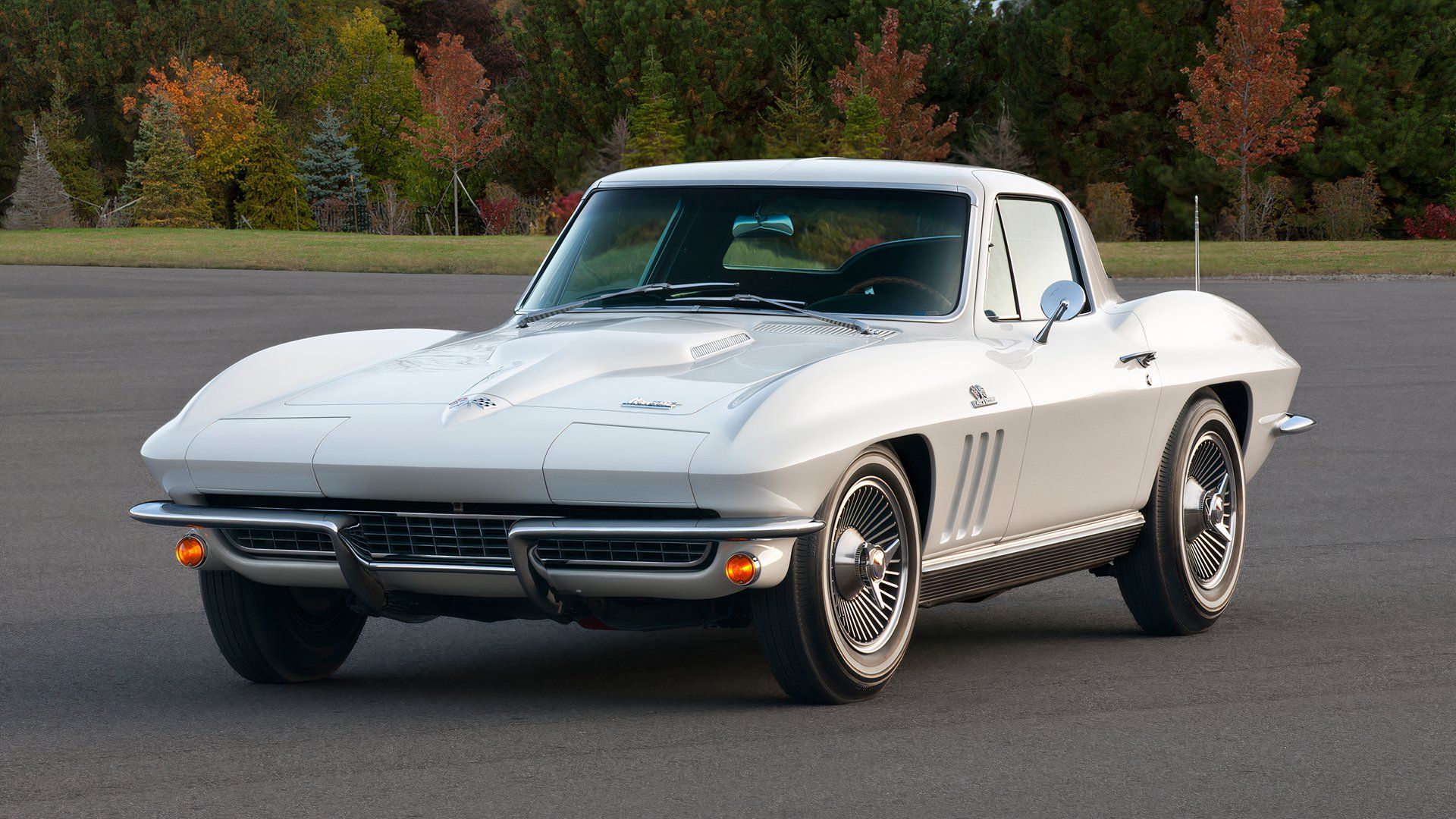In the 1960s, the Corvette 427 was the fastest production car, clocking a quarter-mile time of around 13 seconds. This was thanks to its powerful big-block 427 engine, which made the Corvette a standout in American sports car history. While some competitors like the Dodge Dart and Shelby Cobra tried to match it, the Corvette’s higher production volume and impressive speed set it apart.
The 1960s were the golden age of muscle cars. Automakers competed fiercely, producing stylish cars with increasingly powerful engines. Amid this race for supremacy, it was a lightweight sports car, the Corvette 427, that emerged as the fastest in a quarter-mile race.
The Rise of the Muscle Car
The muscle car era began in the early 1960s, with automakers focusing on creating cars that combined speed, power, and style. Models like the Pontiac GTO, Ford Mustang, and Dodge Charger captured the public’s imagination with their bold designs and powerful engines. But while these cars were fast and stylish, the Corvette 427 stood out for its sheer speed.
The Corvette 427, introduced in 1966, quickly became known for its speed and performance. Its big-block 427 cubic inch V8 engine produced up to 435 horsepower, allowing it to accelerate from 0 to 60 mph in just over 5 seconds. This impressive power translated to a quarter-mile time of around 13 seconds, making it the fastest production car of the decade.
The 427’s performance wasn’t just about raw power; it also benefited from the Corvette’s lightweight design. The car’s fiberglass body and aerodynamic shape helped it achieve its impressive speed, allowing it to outperform heavier competitors.

While the Corvette 427 was the fastest production car, several limited-run and specialty cars came close to matching its performance. The Dodge Dart, for example, was available with a powerful Hemi engine that allowed it to achieve impressive quarter-mile times. Similarly, the Shelby Cobra, with its lightweight design and powerful V8 engine, was a formidable competitor.
However, these cars were produced in much smaller numbers than the Corvette 427, which was available to a wider audience. This broader availability helped cement the Corvette’s reputation as the fastest production car of the 1960s.
The Corvette 427’s speed and performance left a lasting legacy in American sports car history. Its success in the 1960s helped establish the Corvette as a symbol of American automotive engineering and performance. The big-block 427 engine became a legend in its own right, influencing future generations of Corvette and muscle car enthusiasts.
Today, the Corvette 427 is celebrated as a classic example of 1960s automotive innovation. Its combination of speed, power, and style continues to inspire car enthusiasts and collectors. The car’s impressive quarter-mile time remains a benchmark for performance, reminding us of the exciting era that birthed the muscle car.
The Corvette 427 was the fastest production car of the 1960s, with a quarter-mile time of around 13 seconds. Its powerful big-block 427 engine and lightweight design helped it achieve this impressive feat, setting it apart from its competitors.
While other cars came close, the Corvette’s higher production volume and broad appeal cemented its legacy as a true American classic. The 1960s muscle car era was a time of fierce competition, but the Corvette 427 reigned supreme, leaving a lasting impact on automotive history.
1966 C2 Corvette: The Fastest Production Quarter-Mile Car of the 1960s
In the 1960s, the Chevrolet Corvette was known for its incredible acceleration and power. It became a symbol of American automotive performance. By the mid-1960s, the Corvette had a powerful engine that could complete a quarter-mile run in about 13 seconds, making it the fastest production car of that decade.
During this era, many young drivers dreamed of buying a simple car and enhancing it with high-performance parts to outpace their rivals. However, the Corvette stood out because it came ready for high-speed performance straight from the factory. No extra modifications were needed to achieve impressive speeds.
The Powerful 427 Engine
In 1966, Chevrolet introduced the big-block 427 cubic inch V8 engine for the Corvette. This engine could propel the two-seater coupe or convertible through a quarter-mile in approximately 13 seconds. Different sources provide slightly different times, ranging from 12.8 seconds to 14.0 seconds. Most agree that the Corvette 427 typically completed the quarter-mile in the 13 to 13.5-second range.
Some enthusiasts wanted even quicker times, so they made special orders or customized their Corvettes to achieve quarter-mile runs in the low to mid-12-second range. This desire for speed showed how much people loved pushing the limits of the Corvette’s performance.

In 1966, Chevrolet produced 27,720 C2 Corvettes. The majority were convertibles, with 17,762 roadsters compared to 9,958 coupes. About half of these Corvettes, 10,644 cars, were equipped with the powerful big-block 427 V8 engine. Of these, 5,528 had the 425-horsepower Turbo Jet 427 variant.
The second-generation Corvette, known as the C2, was introduced at the same time as the rise of muscle cars. Despite the growing popularity of muscle cars, the Corvette managed to outperform them in quarter-mile races. The Corvette 427 was able to complete the quarter-mile almost a full second faster than most muscle cars of the time.
1968 Hemi Dodge Dart: A Quarter-Mile Beast
The 1968 Hemi Dodge Dart was a true powerhouse during the muscle car era, capable of covering the quarter-mile in under 11 seconds. This period saw many fast cars, but the Hemi Dart stood out for its incredible speed and performance. While the 1966 Corvette was quick, the Dodge Dart and its sibling, the Plymouth Barracuda, were some of the fastest cars on the drag strip, although they weren’t direct competitors to the Corvette.

The Hemi Dart’s Competition
The main rival in the Corvette’s segment was the 427 Cobra, which was constantly being improved to keep up with the Corvette. However, the Corvette is often remembered as the fastest production car of the 1960s because it was more widely produced and certified for street use, unlike the limited-production and non-street-legal Hemi Dart, Barracuda, and Cobra.
The Dodge LO23 Hemi Dart
The 1968 Hemi Dart, specifically the LO23 Hemi Dart built by Hurst Performance, was a stripped-down drag racing machine. Only 80 units were produced. These cars featured a 7.0-liter Hemi V8 engine that officially produced 425 horsepower and 490 lb-ft of torque. However, many believe the real output was closer to 540 horsepower. Engineers often hinted at this with a wink, knowing the car’s true potential.
The Hemi Dart’s quarter-mile times were remarkable, typically ranging from 10 to 11 seconds. Some highly-tuned versions even managed to break into the nine-second range. These cars were sold without many of the comforts and features of regular production cars. They had no factory warranty and came with a warning that they were not intended for street use.
The 1968 Hemi Dodge Dart was a standout performer in the muscle car era, achieving quarter-mile times that were faster than most of its contemporaries. Although it wasn’t a direct competitor to the Corvette in terms of production volume and street certification, the Hemi Dart’s speed and power made it a legend on the drag strip. Its legacy continues to be celebrated by car enthusiasts and historians alike, marking it as one of the fastest cars of its time.

